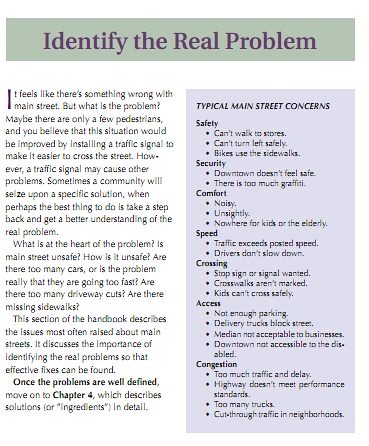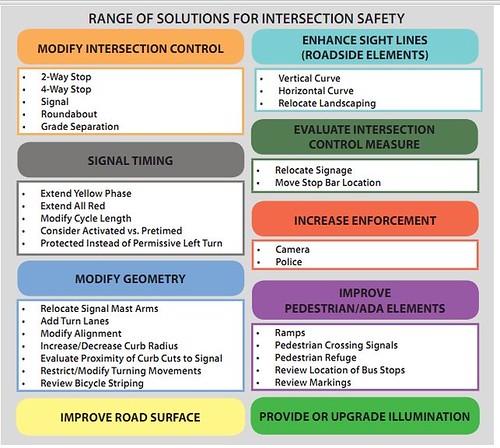Die mother*******, die, die, die, die (pedestrian edition)
The song "Die Motherf******" was a favorite of mine from the local band Machetres. When I waited tables, I would sing it to myself on bad nights marked by especially demanding and underappreciative customers.
The GHSA, made up of the nation's state highway safety officials, says there's no hard data to explain why pedestrians continue to be killed at about the same rate while fatal accidents otherwise are in sharp decline. But based on anecdotal reports from each state, officials have a hunch: distracted walkers.
"We've had some 'distracted' pedestrians, but not enough to create a trend," was the word from Connecticut. Delaware officials also said that is becoming an issue, "particularly [with] those who walk or run for exercise and may be using headphones while listening to music."
Vernon F. Betkey Jr., chief of the Maryland Highway Safety Office and chairman of the GHSA, said he had heard similar accounts.
Yes, there are more distracted pedestrians, no question. There are examples of runners and such with headphones getting squashed by cars, even in DC.
But there are likely far more distracted drivers, despite the increasing number of laws banning the use of cellular phones by automobile drivers.
Greater Greater Washington has a good writeup and comment thread on the issue, "Maryland road safety head, Post's Halsey blame pedestrians and even Michelle Obama for fatalities."

That's the whole point of the "Complete Streets" movement, which works to balance how roadways and roadsides are designed, in order to bring mobility needs and concerns into balance.
The article drips with a sense of entitlement on the part of motor vehicle operators, in effect that roads are for cars, because cars are heavier and faster.
If the Post gave a good g** d***, they could do a computer-aided study of motor vehicle accidents in the region with sub-studies of vehicle-pedestrian and vehicle-bicycle accidents, on the scale of their recent magisterial study of crime gun sales. (The Hidden Life of Guns - A Washington Post Investigation)

Toronto Star traffic death map, from a one time online journalism mapping initiative by the newspaper.
Then again, unlike from car dealers and automobile manufacturers, there's not a lot of money in pedestrian-centric, bicycle, and transit advertising (although WMATA does advertise in The Express, owned by the Post, and the GoDCGo website has a big online advertising campaign on WashingtonPost.com).
They would discover that much of the problem has to do with how roads are engineered to allow cars to be driven at high speeds, and that cars are designed to travel at high speeds, and that at high speeds, pedestrians and bicyclists are at serious risk from accident.
They would also discover that while the Federal Highway Administration does focus on highways, they are also a great resource for information on all aspects of pedestrian and bicycle transportation, including safety.
I frequently tout the PEDSAFE and BIKESAFE protocols for use in finding countermeasures for evident systemic problems leading to accidents.
To my understanding, these protocols aren't in systematic use by the area's transportation departments.
But in PG County specifically, many of the pedestrian deaths are on major arterials--wide roads, with traffic traveling at high speed, in locations where activity centers with in-demand destinations predominate.

These areas, such as Langley Park on University Boulevard, need new road design treatments, in order to better match traffic speed with the land use context, which would in turn better support pedestrians, bicyclists, and transit users.
It's not like the State Highway Administration doesn't know this. Many years ago, they produced the guidebook, When Main Street is a State Highway – Blending Function, Beauty and Identity – A Handbook for Communities and Designers which provides a better process for making "Main Streets" and state highways more congruent and complementary, rather than conflictual.
Oregon also has a similar manual, Main Street: When a Highway Runs Through It which is better, because it is more detailed about the design principles.
But maybe the most up to date manual for this kind of effort is the Smart Transportation Guidebook, produced by the Delaware Valley Regional Planning Commission, for Pennsylvania (which has adopted it) and New Jersey (which has not adopted it).
What's evident is that this story is an illustration of less than intrepid reporting and guidance on the part of the Post reporter and his editors. Clearly Ashley Halsey isn't talking to advocates, pretty much he's only talking to government officials. And they aren't taking him around in the field. And Halsey isn't searching out and finding his own sources.
There are Post reporters with whom I've worked with on stories in the past (although now it's been some time, and it was before the two most recent buyouts which have further reduced the staff). I spent hours with them on stories, taking them to places in the field, showing them buildings. (In fact, I will say that on one of the stories, the Post reporter actually tired me out, and had places to show me that I was unfamiliar with, in addition to the places I showed him. It was an all day thing--but at least he bought me lunch.)
In another case, just to show me he was capable of doing his own research, a different reporter trumped me by finding some additional academic research studies by different researchers than I had clued him into...
I don't think Ashley Halsey is getting out into the field and seeing things from different perspectives. And I don't think he's doing his own research, finding out things on his own.
And I know I field far fewer calls from reporters than I used to...
Labels: media and communications, public safety, transportation infrastructure, transportation planning, urban design/placemaking





0 Comments:
Post a Comment
<< Home